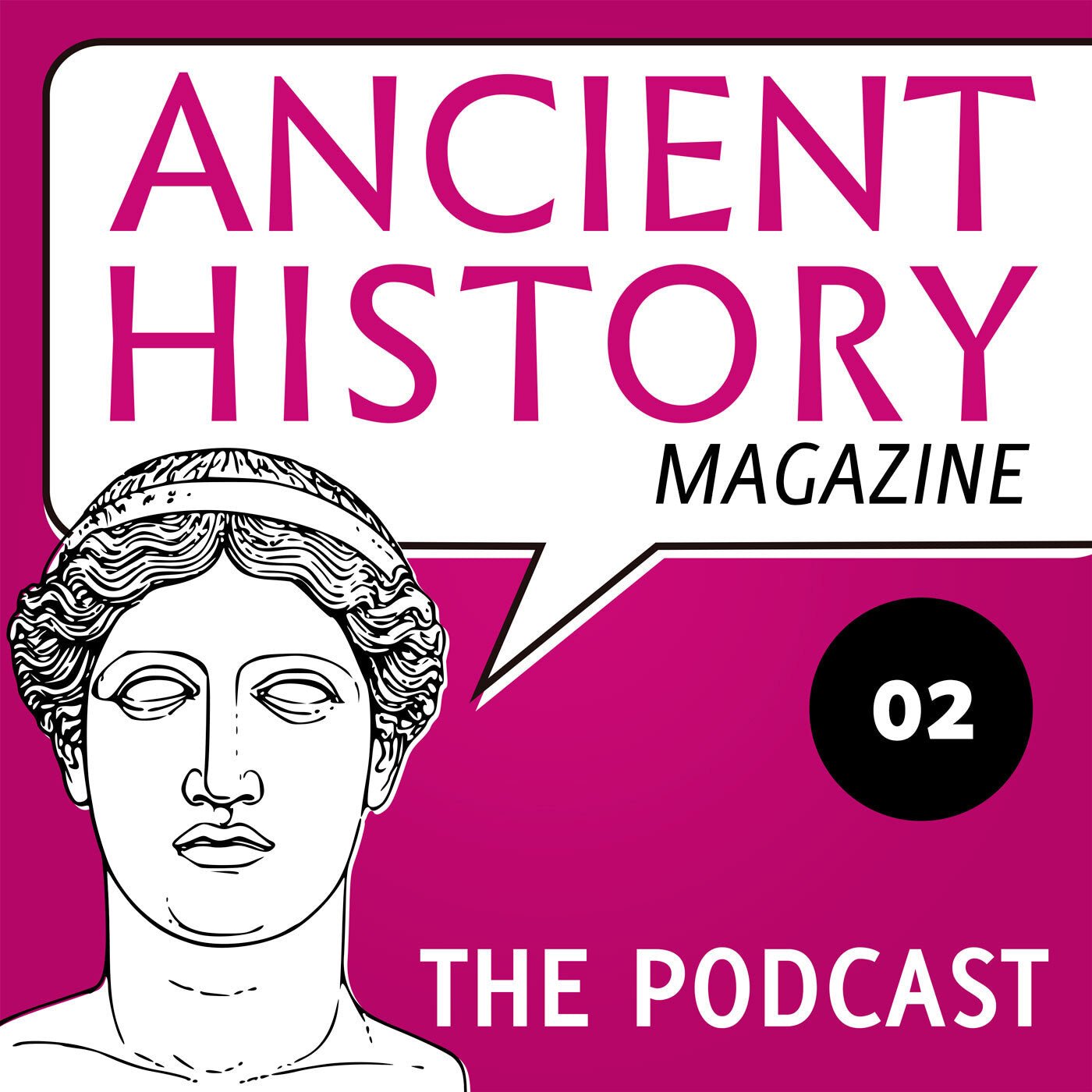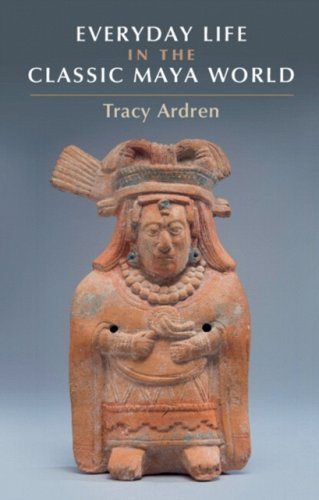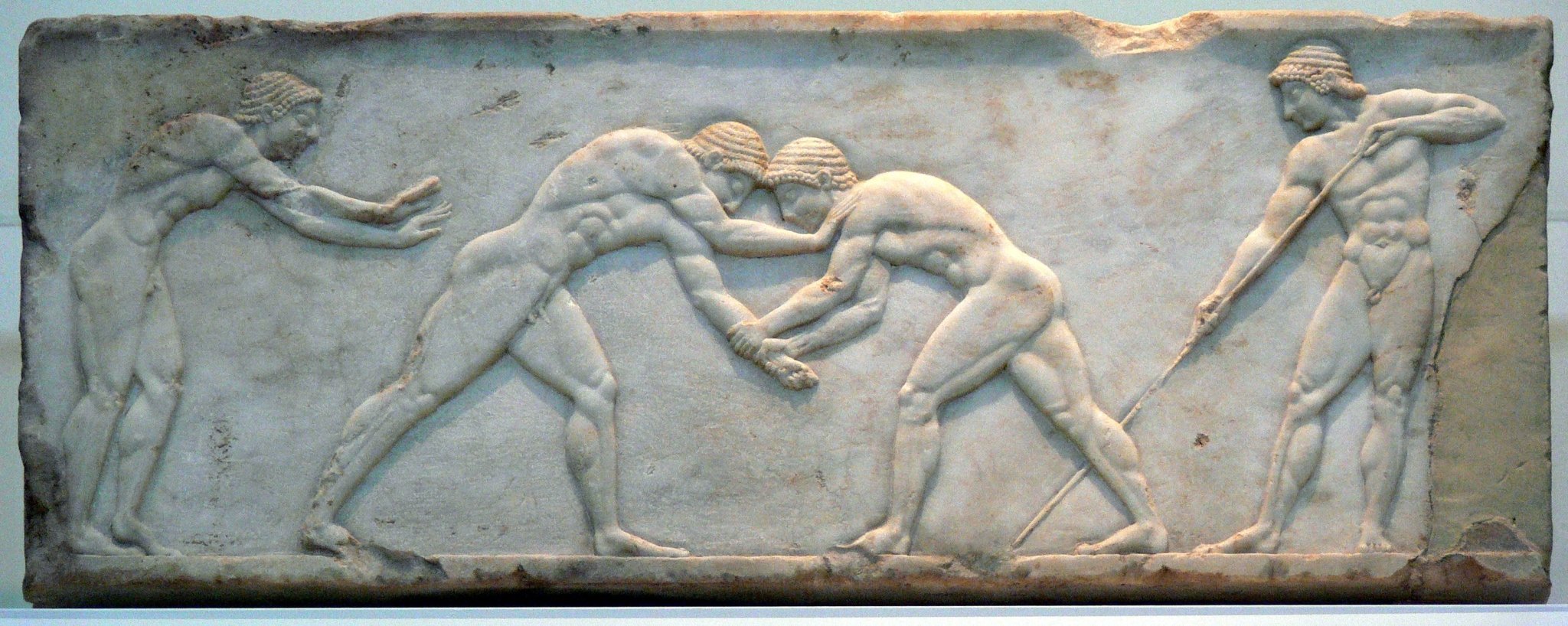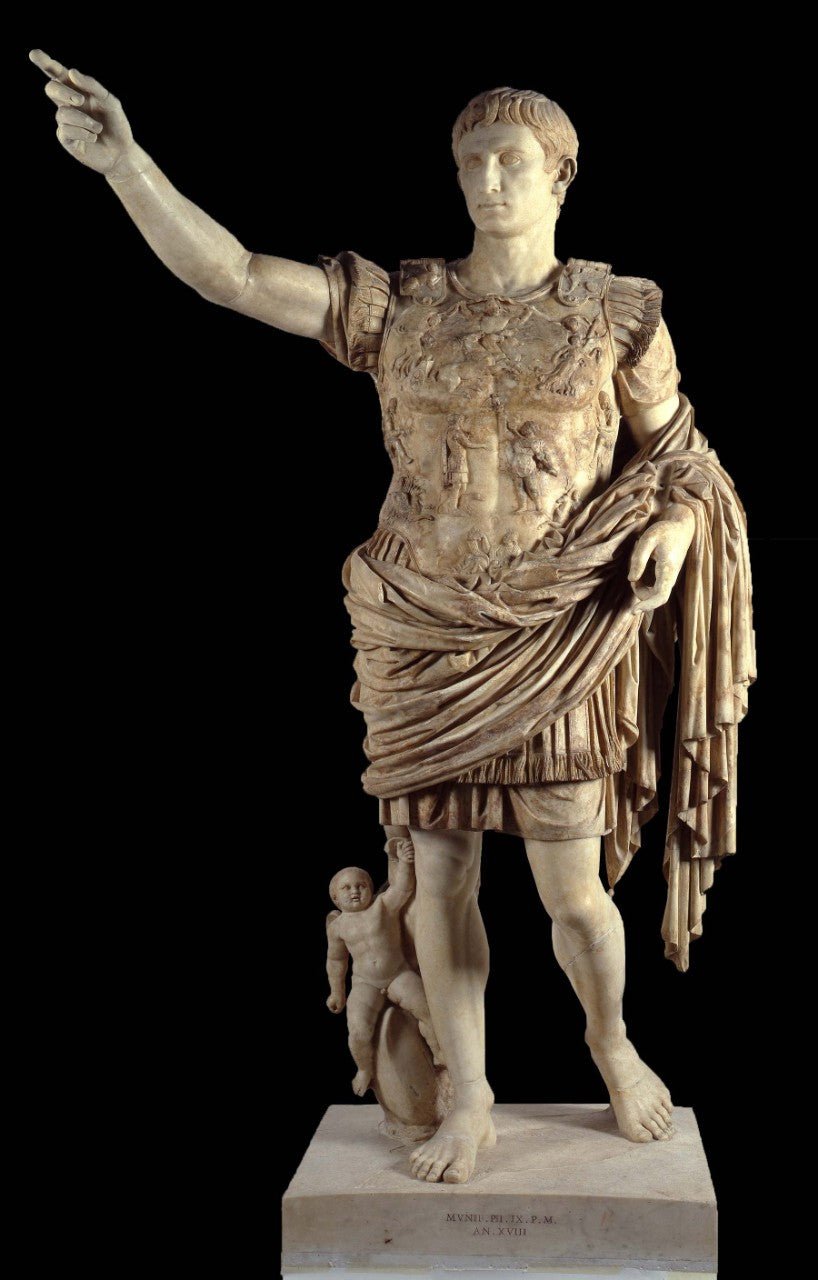History as inspiration: O Brother, Where Art Thou
In this last part in the brief series ‘History as inspiration’ (part one, part two), I want to discuss the Coen Brothers’ 2000-film O Brother, Where Art Thou? As the opening credits make clear, the movie is (loosely) based on Homer’s Odyssey. In an interview, the Coen Brothers claimed never to have actually read the original poem, but they were surely familiar with its contents, as many elements of the film are inspired by characters and events from the epic poem.

The Odyssey is essentially a sequel of sorts to the Iliad. In ancient times, both poems were thought to have been composed by a single poet named Homer, probably around 700 BC. (Though it should be noted that the poems didn’t reach their final form, committed to papyrus, until perhaps as late as the mid-sixth century BC.) There is much debate about whether or not ‘Homer’ is a real name, and some scholars certainly doubt that both poems were the product of a single author.
Certainly, the two poems are very different. The Iliad is set in the tenth and final year of the Trojan War and focuses on a single episode: the conflict between Achilles and the Greek commander-in-chief, Agamemnon, after the latter robs the former of his ‘prize of honour’ (a girl captured during a raid). The action of the Iliad is all set in a geographically small area (in and around Troy and the Greek camp), and takes place over a limited span of time (a few weeks).

By contrast, the Odyssey is a sprawling tale of adventure. The hero, Odysseus, is punished by the gods and forced to wander the seas for ten years, fighting various monsters and overcoming all sorts of obstacles, before being allowed to go home. Once home,he finds that his wife has been beset by suitors vying for her hand, and a violent encounter between these men and Odysseus and his handful of allies forms the climax of the tale.
O Brother, Where Art Thou? is essentially a modern retelling of the Odyssey, although a lot lighter in tone than the Homeric original. The movie’s main character, Ulysses (= the Latin rendition of the Greek Odysseus) Everett McGill (George Clooney), escapes from a chain gang along with two compatriots (played by John Turturro and Tim Blake Nelson). Their goal? To reach a treasure Ulysses once buried in an area that is set to be flooded and turned into lake. As escaped convicts, they are pursued by the sinister Sherrif Cooley (Daniel von Bargen), and find themselves engaged in all sorts of adventures. They also strike up a friendship with Tommy Johnson (Chris Thomas King), a talented musician. All the while, the thing that Ulysses most wants is to win back his wife, Penny (Holly Hunter), who, as his children point out, has a suitor.

As you can see, the basic plot line of the movie isn’t that different from the Odyssey. Other elements of the movie similarly pay homage to the epic poem. The first person Ulysses and his friends encounter is a blind man who utters a prophecy – a reference to the blind seer Tiresias, whom Odysseus consults when he descends into the Underworld. In the movie, the heroes’ encounter with the Ku Klux Klan, at night and illuminated using torches, recalls Odysseus’ visit to the realm of death. They also meet a group of alluring singing women at a river (the Sirens), and run into Big Dan Teague (John Goodman), who has an eye patch and serves as a stand-in for the Cyclops Polyphemus.
Even though the movie’s nearly two decades old by now, I won’t spoil too much in case you haven’t seen it yet. But like the Foundation books and the game Tyranny, this film is a good example of how the ancient world can be used by creative people to make something that is fresh, while still infused with a sense of a history. O Brother, Where Art Thou? is a great film, but, as always, the more you understand the references, the more enjoyable it will be to experience.




